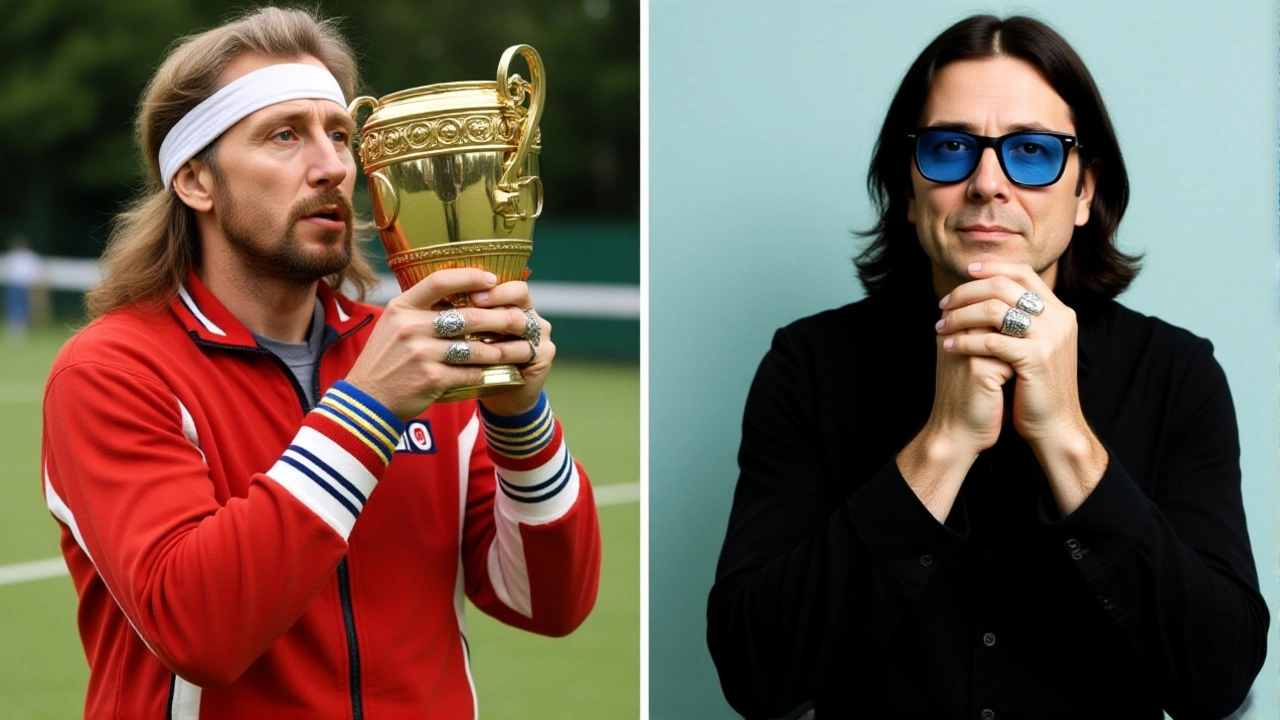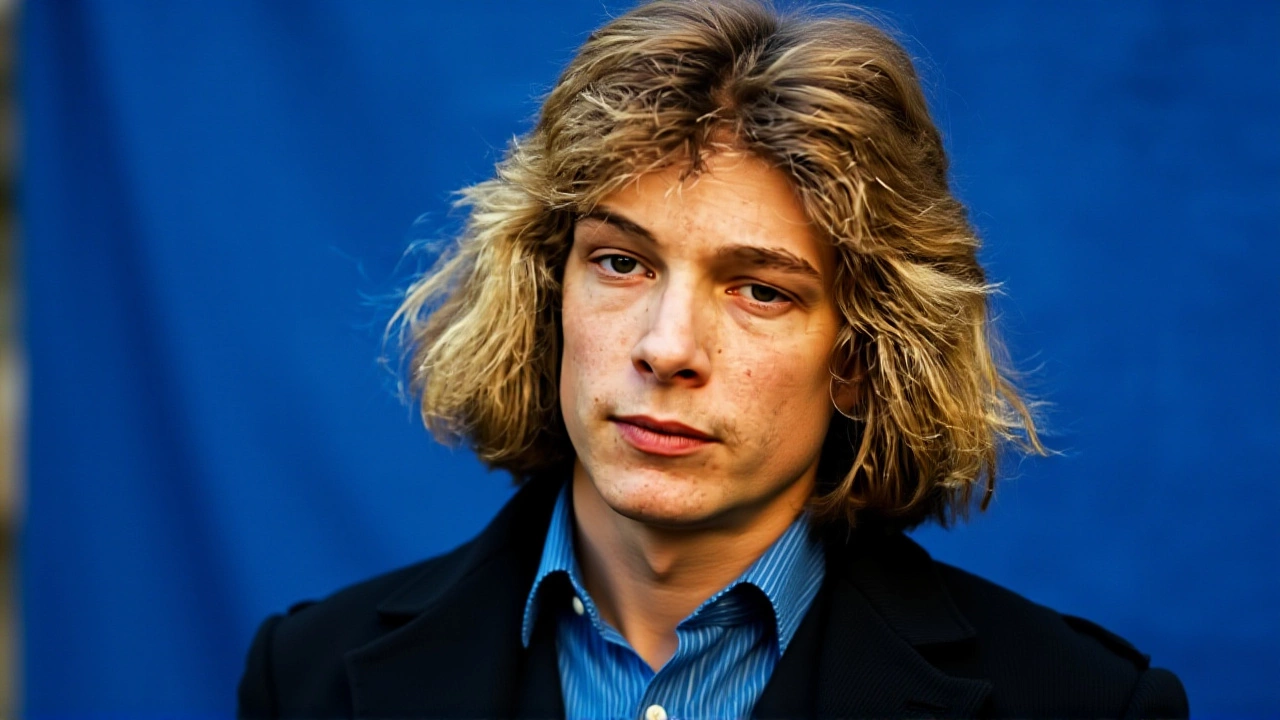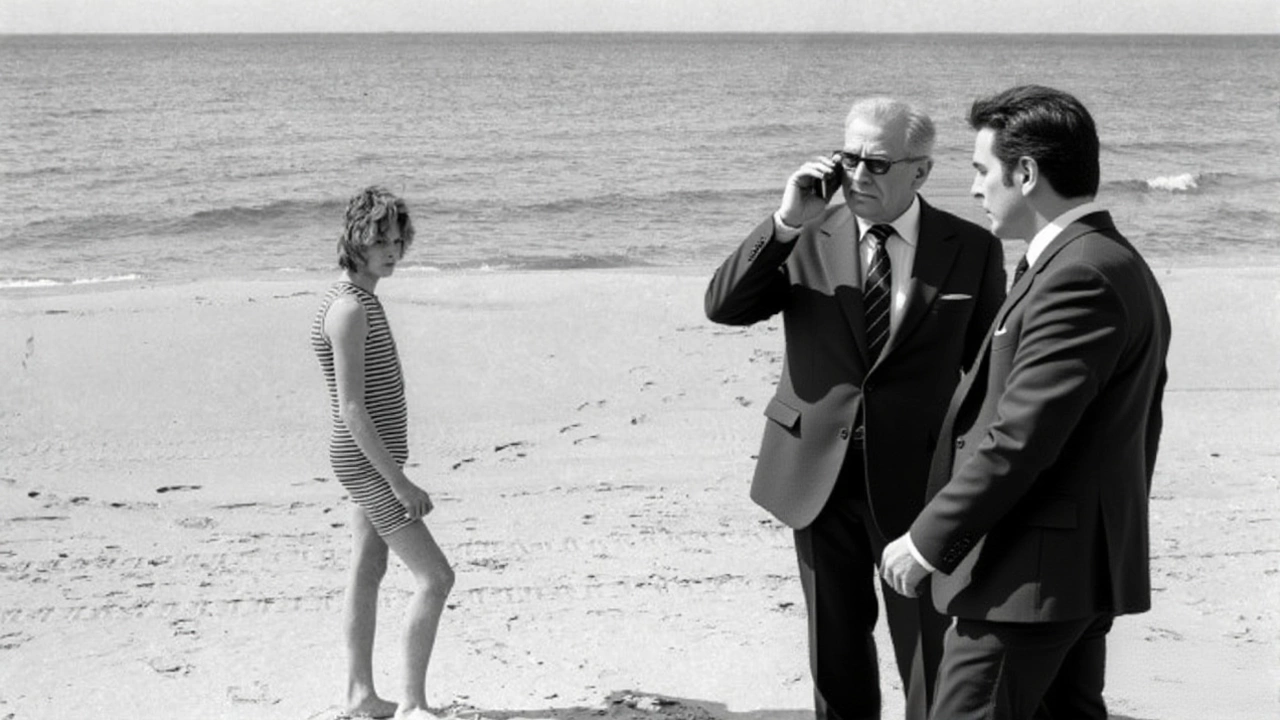When Björn Andrésen walked into a casting room in Stockholm in 1970, he was just a 15-year-old boy with no acting experience — and no idea what was coming. Luchino Visconti, the legendary Italian director behind Death in Venice, didn’t just want a boy who looked like a Renaissance painting. He wanted someone who carried sorrow in their bones. And Andrésen, who’d lost his mother to suicide at age ten and grown up in a remote Swedish cabin with his grandmother, had it in spades. "Beautiful! Ask him to undress!" Visconti reportedly commanded. There, in front of a room of strangers, Andrésen stood in his underwear, trembling, as adults stared. What followed wasn’t fame. It was a slow unraveling.
The Boy Who Became a Symbol
Visconti’s 1971 film Death in Venice was meant to be a visual poem — a haunting meditation on beauty, decay, and obsession. Andrésen, cast as Tadzio, the ethereal boy who drives the protagonist to ruin, became the living embodiment of that ideal. Posters plastered across Europe showed his pale face, wide eyes, and tousled hair. Newspapers called him "the most beautiful boy in the world." But behind the lens, the reality was brutal. He was never taught how to act. No one explained the film’s themes. He was treated like a statue, not a person. "He was different from the other boys," co-director Kristian Petri said in the 2021 documentary The Most Beautiful Boy in the World. "There was a sadness around him. Visconti saw that. He didn’t just cast a pretty face — he cast a wound."Decades of Silence, Then a Crumbling Life
After the film’s release, Andrésen vanished from public view. Studios didn’t know what to do with him. He was too young to be a leading man, too haunting to be a child actor. Roles dried up. By his twenties, he was drifting — struggling with alcohol, cigarettes, and the crushing weight of being remembered for something he never asked for. "I didn’t choose this," he told filmmakers decades later. "I just wanted to be normal." By 2019, when the documentary team first met him, Andrésen was living in a filthy, cluttered apartment in Stockholm, facing eviction. His hair, once the symbol of youthful perfection, had turned long and gray. His face, once the subject of global admiration, was lined with decades of smoke and sorrow. His girlfriend, Jessica, cleaned his home by hand, afraid he’d lose the only place he still felt safe. "He still has it," said Kristina Lindström, the other co-director. "But the world took it and broke it."Visconti’s Shadow, and the Industry That Looked Away
The documentary doesn’t just blame Visconti — though he emerges as a chilling figure, a man who saw a child’s pain and used it as raw material. It blames a system. A system that, in 1970, had no protections for child performers. No psychologists on set. No legal guardians to intervene. No one asking if the boy was okay. "It wasn’t abuse in the way we define it today," Lindström explained. "It was neglect dressed as art." The film includes never-before-seen footage of the audition — Andrésen’s trembling hands, his downcast eyes, the silence when he was told to remove his shirt. It’s not graphic. That’s what makes it worse. No one screamed. No one forced him. They just waited. And he obeyed.
A Legacy of Broken Child Stars
Andrésen’s story isn’t unique. Dustin Hoffman was 22 when he played a teenager in The Graduate. Jodie Foster was sexually harassed on set at 12. Macaulay Culkin spiraled after Home Alone. But Andrésen’s case is different because he was never given a chance to grow into himself. He was frozen in time — a boy in a painting, forever 15, while the world moved on.What Happened After the Cameras Stopped Rolling?
The documentary, released on June 17, 2021, by Dogwoof, runs 93 minutes and holds a 78% rating on Apple TV. It doesn’t end with redemption. It ends with quiet resilience. Andrésen never sued. Never spoke publicly until the film. He didn’t want revenge. He just wanted to be seen — not as a ghost of beauty, but as a man who survived.He died in 2023, quietly, in Stockholm. No press release. No fanfare. Just a single line in a Swedish newspaper: "Björn Andrésen, 59, the boy who was too beautiful to live, has passed away."

Why This Matters Now
Today, child actor protections are stronger — but not perfect. In 2022, a lawsuit against a major streaming platform revealed that minors were still being asked to perform emotionally taxing scenes without counselors present. The entertainment industry still romanticizes youth. Still fetishizes innocence. Still treats children as props for adult fantasies. Andrésen’s life is a warning. Not just about one director. About all of us — the audience that watched, the critics who praised, the studios that profited. We looked away. And we never asked him if he was okay.Frequently Asked Questions
How did Björn Andrésen’s childhood trauma influence his casting in Death in Venice?
Co-director Kristina Lindström stated that Visconti specifically chose Andrésen because "everything that happened to Björn in his childhood was in his eyes." After losing his mother at age ten and growing up isolated with his grandmother, Andrésen carried a deep, quiet sadness that Visconti interpreted as the perfect embodiment of Tadzio’s otherworldly purity — a child’s grief made visible on screen.
What role did Luchino Visconti play in Andrésen’s psychological decline?
While Visconti never physically abused Andrésen, his direction — including the infamous audition where the boy was told to undress — normalized the objectification of a minor. Visconti treated Andrésen as a muse, not a person, and offered no emotional support after filming. The power imbalance, combined with zero industry safeguards, left Andrésen without tools to process his experience, contributing to lifelong trauma and addiction.
Why didn’t Björn Andrésen pursue more acting roles after Death in Venice?
He was offered few roles because studios didn’t know how to cast him — too young for adult parts, too haunted for child roles. When he did audition, he was often rejected for being "too intense" or "not boyish enough." The fame he received was overwhelming and unmanageable. By his early twenties, he withdrew, choosing anonymity over the pressure of being the "most beautiful boy in the world" — a label that became a prison.
How did the documentary change public perception of Death in Venice?
The documentary reframed Death in Venice from a cinematic masterpiece to a cautionary tale. Critics who once praised Visconti’s vision began acknowledging the ethical cost: the exploitation of a child. The film’s 78% rating on Apple TV reflects a cultural reckoning — audiences now see Tadzio not just as art, but as a real boy whose life was shattered by the very image that made him immortal.
What protections exist today for child actors that didn’t exist in 1970?
Today, child actors in the U.S. and EU are protected by laws requiring on-set tutors, psychologists, and parental consent for emotionally taxing scenes. Coaches must be present during nudity or sexualized content. In 2021, California passed the Child Actor Bill of Rights, mandating mental health screenings. But enforcement remains inconsistent, especially in independent films and streaming productions — leaving gaps that Andrésen’s story painfully exposed.
Did Björn Andrésen ever reconcile with his past before he died?
He never forgave Visconti, but he did find a measure of peace through the documentary. For the first time, he spoke openly about his pain — not for sympathy, but to ensure no other child would endure what he did. In his final interviews, he said, "I’m not the boy they saw. I’m the man who lived through it." That, more than any role, became his legacy.
